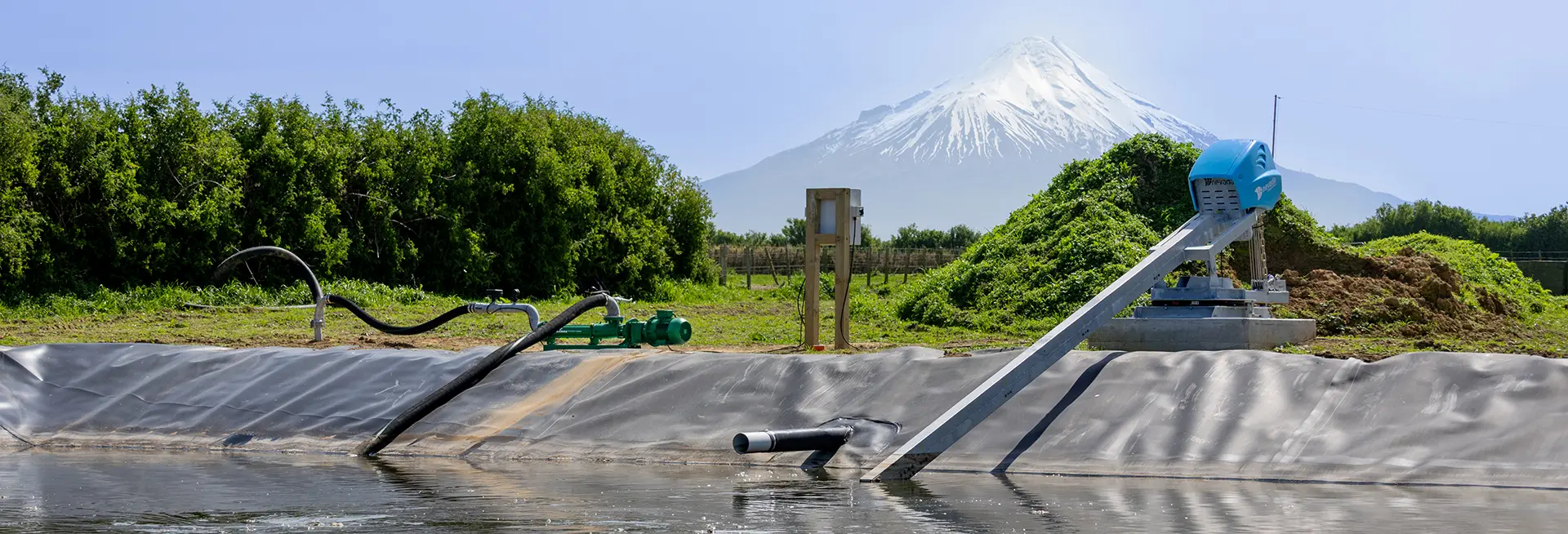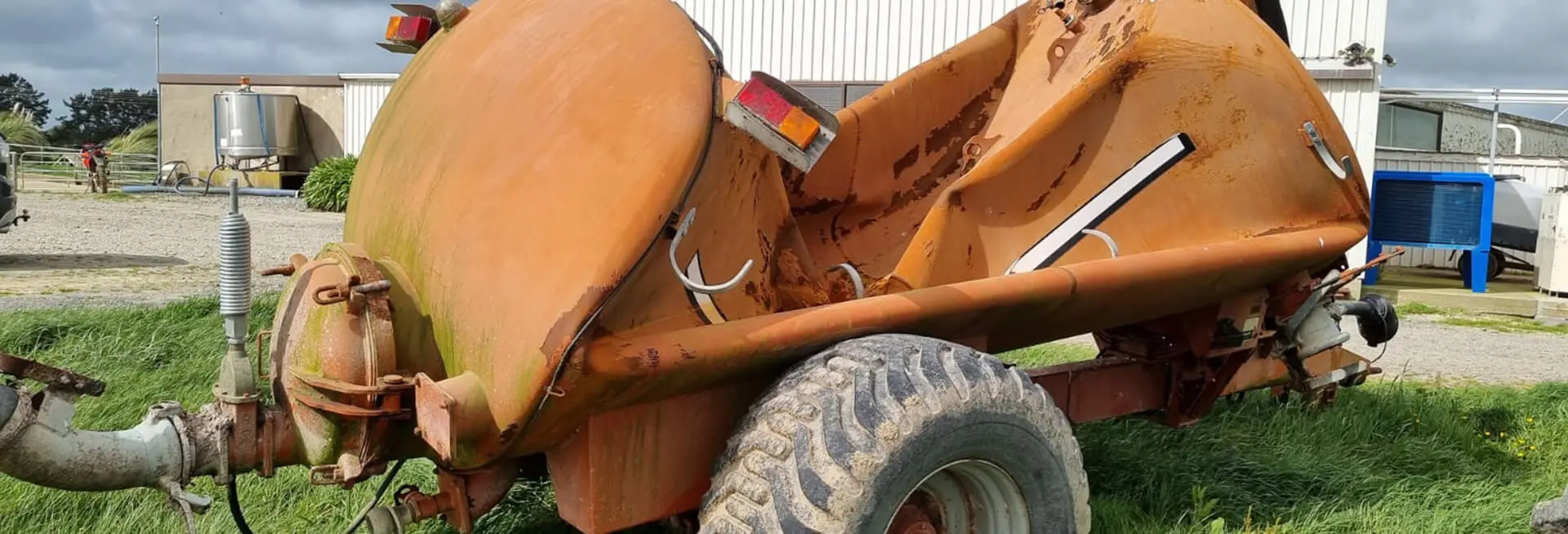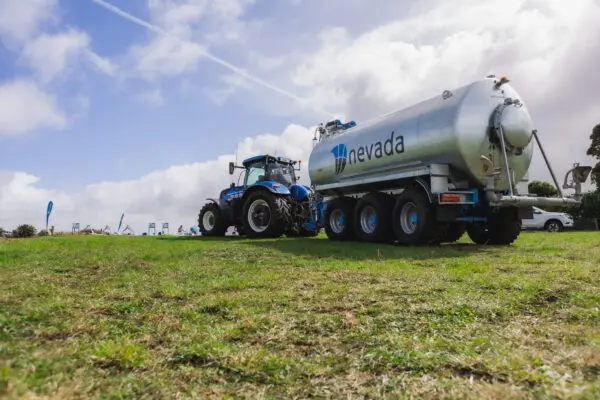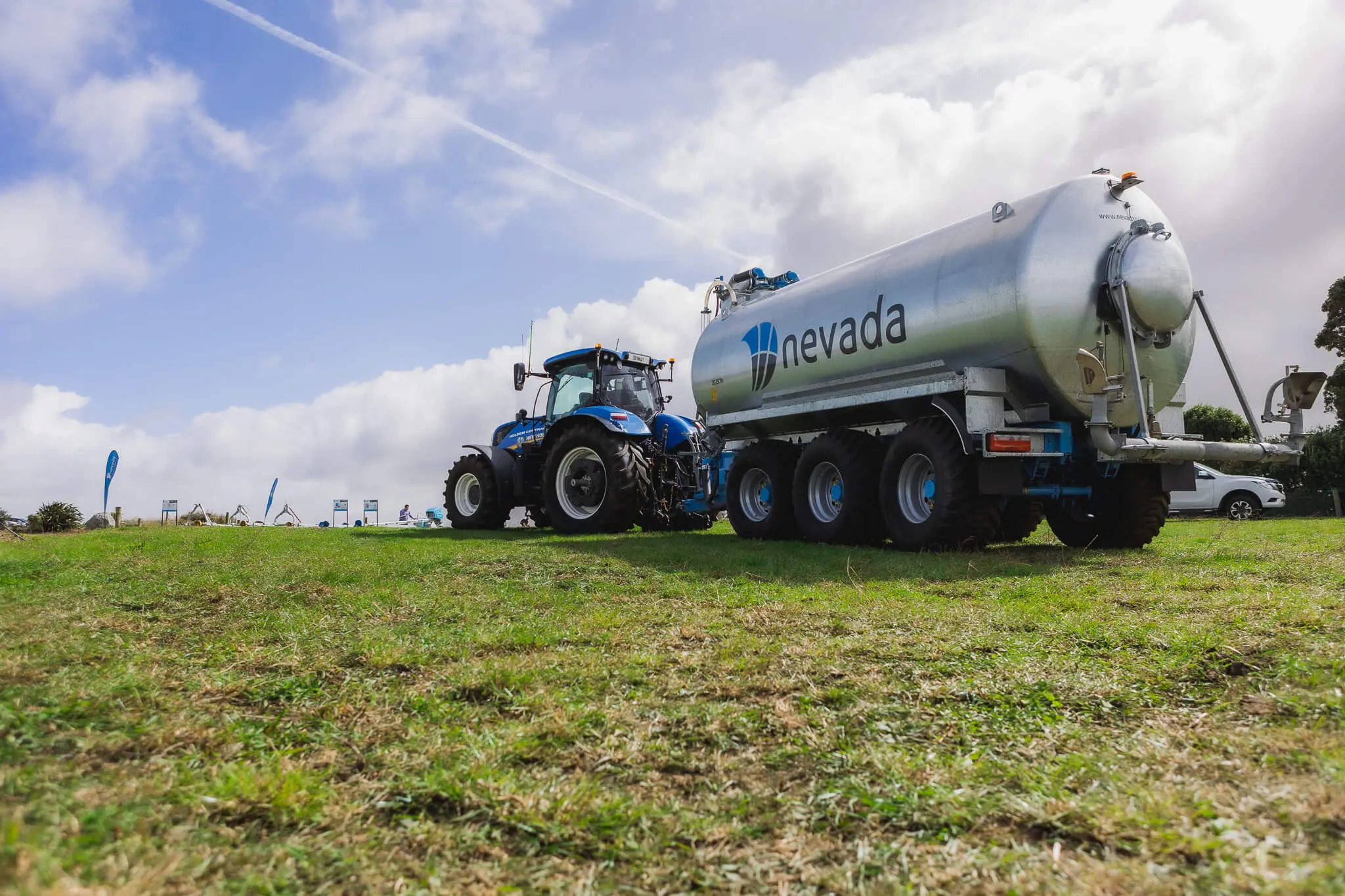Choosing between a slurry tanker and umbilical slurry equipment is one of the most important decisions for farmers looking to manage effluent effectively. Both systems offer advantages, but the right choice depends on your farm’s size, soil type, labour availability, and spreading goals.
Tankers provide flexible, quick spreading with low staff requirements, while umbilical slurry equipment excels at shifting large volumes in a shorter timeframe. In this guide, we’ll break down the key considerations that farmers should weigh before making a decision.
Why Consider Umbilical Slurry Equipment?
Umbilical slurry equipment is designed for high-volume spreading where efficiency is a priority. Continuous pumping means large ponds can be emptied quickly, making it an ideal solution for farms with significant effluent storage or large paddocks. With addition of a Nevada 3PL RainWaveTM applicator, this system reduces wind drift, minimises nutrient loss, and ensures even distribution across the land. Farmers often favour it when they want to manage nutrient application with speed and accuracy.
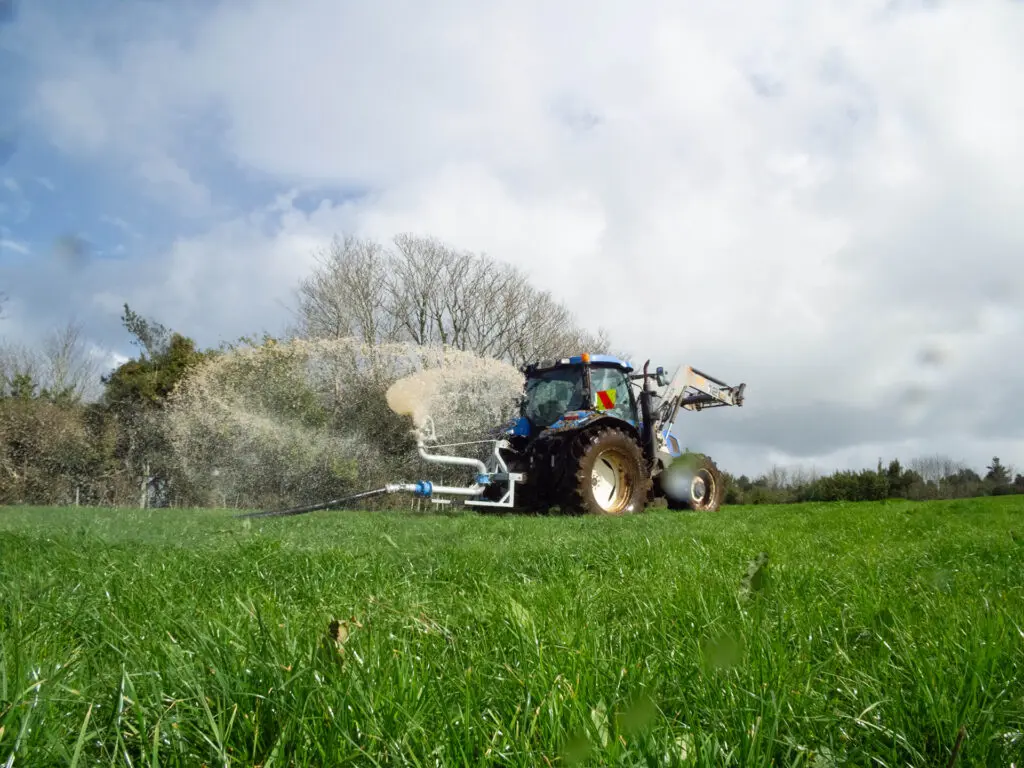
Slurry Application Options
A common misconception is that umbilical systems only use dribble bar applicators. In reality, both slurry tankers and umbilical slurry equipment can be fitted with a wide range of applicators, including dropper booms and advanced solutions like the RainWave™ system. This applicator is lightweight, operates at low pressure, reduces volatilisation, and provides better nutrient impact compared to many traditional spreading methods. Choosing the right applicator is just as important as selecting between tanker or umbilical systems.
Cost Considerations
At first glance, slurry tankers appear to be the more expensive investment. However, when comparing costs, it’s essential to account for the full package required with umbilical slurry equipment, including the pump, hose, reeler, and applicator. Once these are included, the total investment is often comparable. The decision should therefore rest on the operational advantages rather than the initial price alone.
Soil Compaction & Paddock Care
Another factor to consider is the impact on soil. Many farmers assume that slurry tankers cause more compaction due to their weight. In most cases, this is untrue; tankers typically create no more soil disturbance than a standard tractor. However, on fragile ground such as peat soils, the weight of a tanker may not be ideal. In these scenarios, umbilical slurry equipment is the logical solution, as it reduces traffic on the paddocks and lessens the chance of damage.
Labour Requirements
When it comes to labour, slurry tankers generally win for simplicity. A single operator with one machine can complete the task efficiently. In contrast, umbilical slurry equipment usually requires two or three tractors and multiple operators. This difference makes labour costs and availability a key factor in deciding which system is more suitable for your farm.

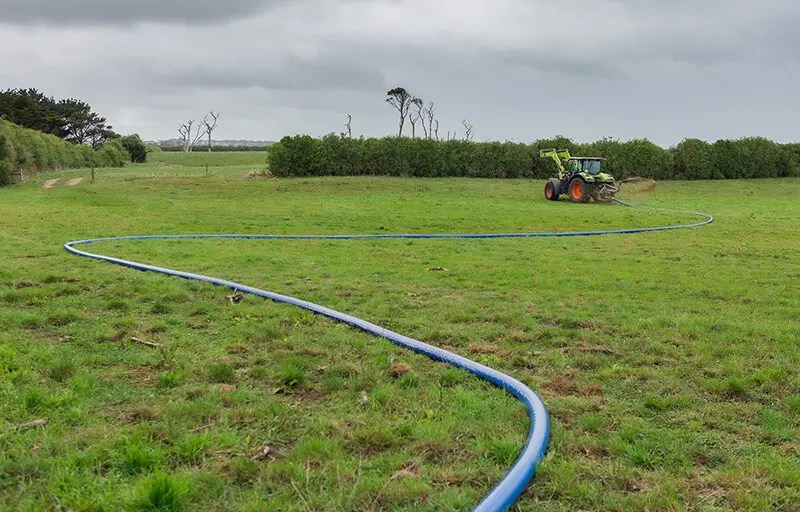
Spreading Speed & Timing
If you have a large pond and broad paddocks, umbilical slurry equipment provides the fastest spreading solution thanks to continuous pumping. Farmers often set aside a few days to carry out a comprehensive spreading run, making it effective for quickly clearing significant effluent volumes. On the other hand, slurry tankers offer more flexibility for day-to-day spreading. With minimal set-up, they allow farmers to spread smaller volumes as time permits, often keeping pace with herd rotation and effluent production.
Real Farmer Experiences
On the other hand, provided you have a good applicator, a slurry tanker is by no means slow. In fact farmers who previously only used travelling irrigators are often surprised at how fast the operation is – just read the success stories of Bruce & Lyn Baggot, or Paul Bavin. Slurry tankers involve very little set up time, so they are ideal for farmers who need more flexibility to spread when time is available.
‘That RainWave™ is a huge advantage over other tankers. It’s [tanker] exceeded our expectations. We were surprised how fast it loaded. We envisioned it [spreading] being a chore, but it’s a fast, easy job.’ – Lyn Baggott
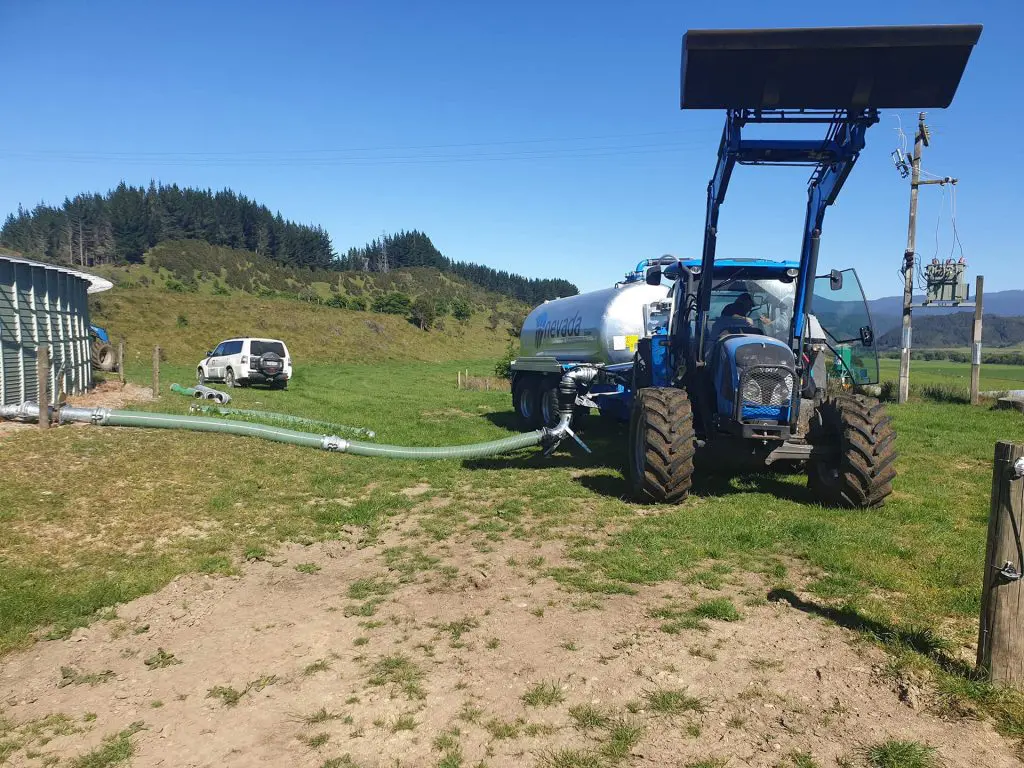
Balancing Long-Term Value
Choosing between a tanker and umbilical slurry equipment is not only about upfront cost or speed. It’s about finding a system that fits your long-term farming goals. A tanker may provide more flexibility with fewer staff, while an umbilical setup may deliver faster spreading when volume is the challenge. By carefully considering labour, soil, and efficiency, farmers can invest in a solution that saves time, protects paddocks, and maximises nutrient use year after year.
We’re Here to Help
Still weighing up your options? Deciding between a slurry tanker and umbilical slurry equipment can feel overwhelming, but you don’t have to make the choice alone. Our team can guide you through the benefits, help match the right applicator to your farm, and ensure your investment meets your operational needs.
FAQs about Umbilical Slurry Equipment
What is the main advantage of umbilical slurry equipment?
The key advantage is speed. Continuous pumping enables large ponds to be emptied quickly, which is particularly beneficial for farms with substantial effluent storage requirements.
Does umbilical slurry equipment damage paddocks?
No, it can reduce damage. Because fewer heavy loads travel over the land, this system is well-suited for fragile soils that may not withstand tanker traffic.
How many people are needed to run an umbilical slurry system?
Typically, two or three tractors and multiple operators are required. This is more than a slurry tanker, which is usually a one-person operation.
Can slurry tankers and umbilical systems use the same applicators?
Yes, both systems can be fitted with a wide range of applicators, including advanced options like the RainWave™. Choosing the right applicator is essential for efficiency.
Talk to the team at Nevada today for expert assistance.
If you’re looking for expert advice on slurry management, Nevada Group supplies a wide range of slurry tankers, applicators, and umbilical slurry equipment tailored to New Zealand farms. Contact us today to discuss your requirements and find a solution that works best for your land.
